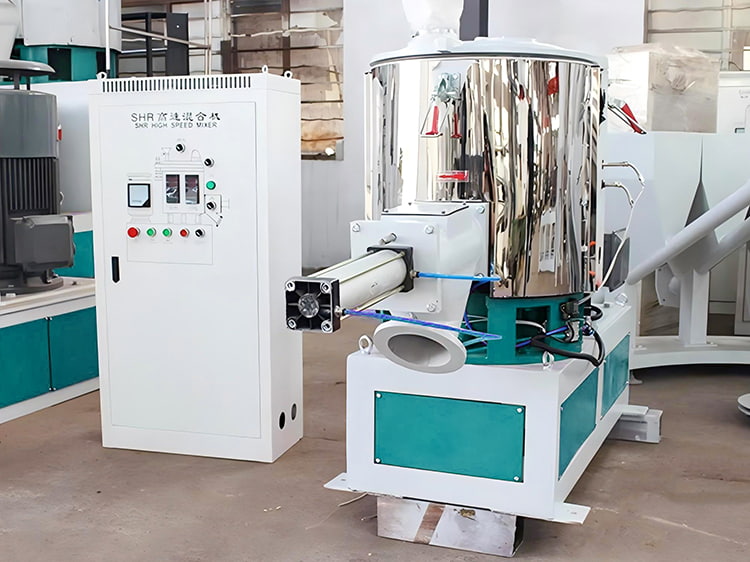How to Choose a High-Speed Mixer
How to Choose a High-Speed Mixer
If you’ve ever watched a factory line in action, you know that a mixer is the heartbeat of the process. Whether it’s blending PVC powder, mixing pigments for paint, or preparing food ingredients, the right high-speed mixer can make or break your production efficiency. But with so many models and specs on the market, how do you choose one that truly fits your needs? Let’s break it down.
Understand What a High-Speed Mixer Really Does
A high-speed mixer is designed to blend materials quickly and uniformly, using high rotational speeds to generate frictional heat and thorough dispersion. It’s not just about “fast spinning”—it’s about creating a perfect blend where every particle meets its match. If you’re curious about the latest designs and specifications, you can explore examples of a High-Speed Mixerto get a better idea of how different models are built.
Know the Main Types of Mixers
Before diving into specs, it helps to know what category your materials fall into. Industrial mixers generally come in three types:
High-Speed Mixers – Perfect for dry blends, PVC compounding, or powder coatings. They excel at achieving quick, uniform mixing and often pair with cooling mixers to stabilize temperatures.
Horizontal Mixers – Best for heavier, more viscous materials. They use paddles or ribbons and move materials in a side-to-side motion.
Vertical Mixers – Great for granules and pellets. These are simpler, often more affordable, and ideal for steady, gentle mixing rather than high-intensity dispersion.
Understanding your product type will immediately narrow down your choices.
Consider Capacity and Material
Capacity isn’t just about “bigger is better.” A mixer should fit your batch size. Oversized equipment can waste energy and space, while undersized ones may struggle to keep up. Also pay attention to the materials used—stainless steel is durable and easy to clean, which is crucial if you’re mixing chemicals, food ingredients, or anything requiring hygienic standards.
Think About Control and Safety
Modern mixers come with digital controls that let you set speed, time, and temperature precisely. Safety features like automatic stops, overload protection, and sealed lids are also essential. After all, no one wants a surprise powder explosion mid-batch!
Don’t Ignore Maintenance and After-Sales Support
Even the best machines need care. Look for designs with easy-access panels and detachable parts for cleaning. Reliable suppliers (such as those you’ll find on High-Speed Mixer) often provide technical support and spare parts, which can save you both time and headaches in the long run.
Match It to Your Workflow
Finally, think about how the mixer fits into your production line. Will it feed into an extruder, or is it part of a stand-alone system? Does it need to synchronize with a cooling mixer or a dosing unit? The best high-speed mixer is one that integrates smoothly, boosting both speed and consistency.
Final Thoughts
Choosing the right high-speed mixer isn’t just a technical decision—it’s a smart investment in your production quality and efficiency. By understanding the types, materials, and key performance features, you’ll find a mixer that works with you, not against you. For a closer look at professional options, check out High-Speed Mixer models that combine precision engineering with practical design.

